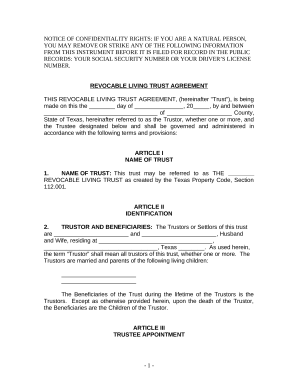
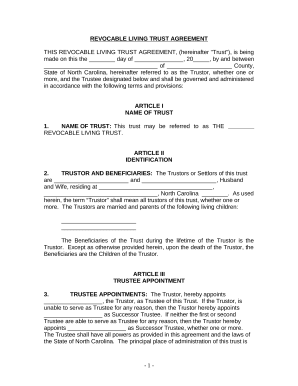
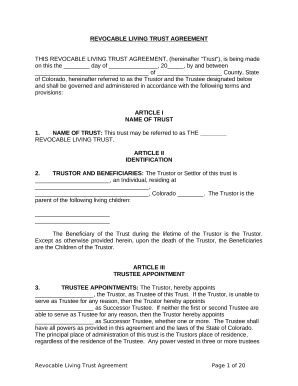
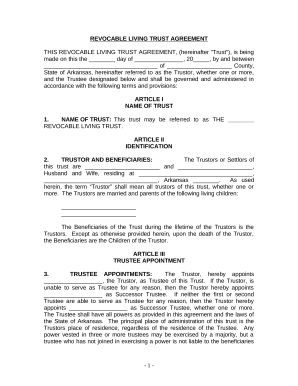
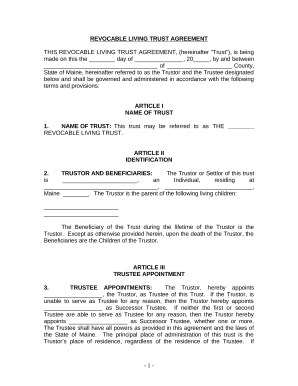
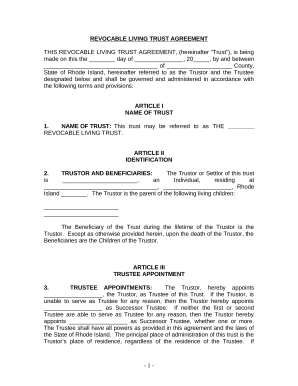

Form managing occupies to half of your business hours. With DocHub, it is easy to reclaim your time and effort and increase your team's productivity. Access Trust Forms for Parents with Children online library and discover all form templates related to your day-to-day workflows.
Effortlessly use Trust Forms for Parents with Children:
Accelerate your day-to-day file managing with the Trust Forms for Parents with Children. Get your free DocHub account right now to discover all templates.